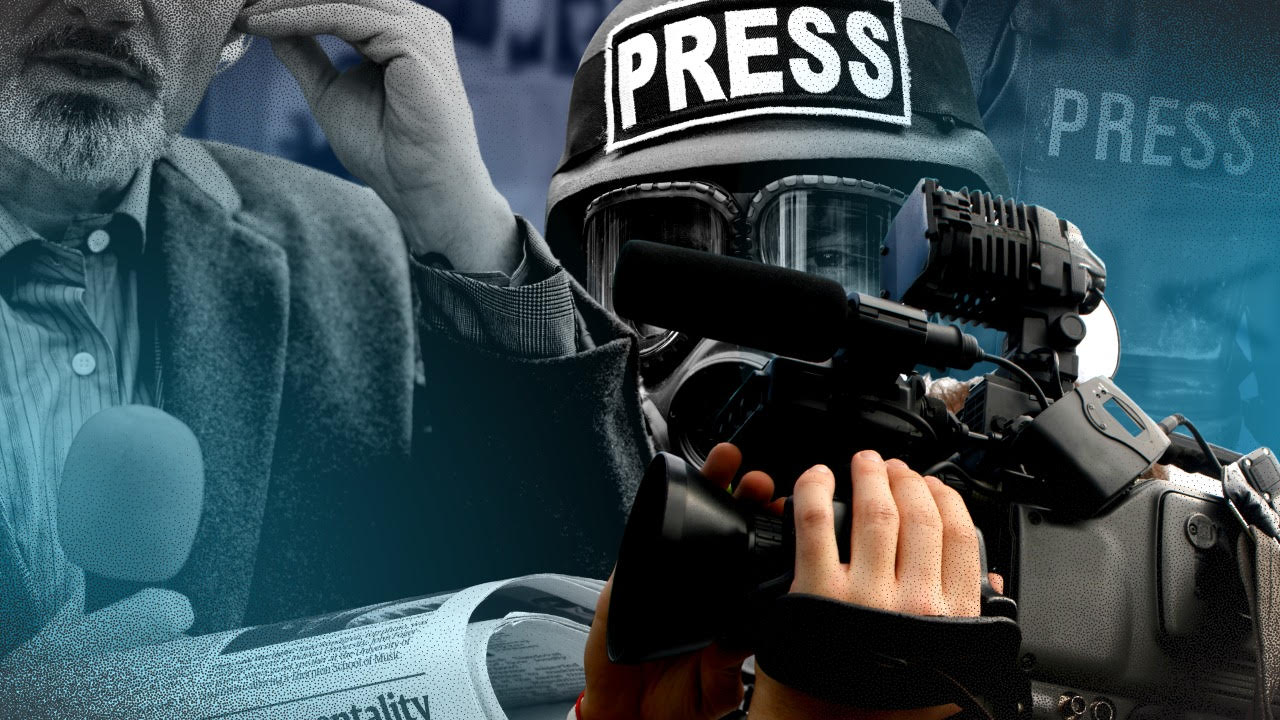The Philippines still ranks among the deadliest countries in the world for journalists, according to a global watchdog that looked into the rates of unsolved journalist killings across the globe in the past year.
According to the Committee to Protect Journalists’ (CPJ) Global Impunity Index 2022, the Philippines is still the seventh most dangerous country in the world for journalists, trailing conflict-ridden countries like Somalia, Syria, Iraq, South Sudan and Afghanistan.
It is also the second country—after Mexico—with the most number of murders of journalists despite democratically elected governments.
The index is based on the number of unsolved journalist murders as a percentage of each country’s population. Only those with five or more unsolved cases are included in the index.
In the Philippines’ case, at least 13 journalists’ murders still remain unsolved as of 2022, including the deaths of radio commentators Renato Blanco and Percival Mabasa within the first two months of President Marcos’ administration.
Renewed fears
The CPJ report, which covered Sept. 1, 2012, to Aug. 31, 2022, noted that while Mr. Marcos’ election “brought hope of a shift away from outgoing President Rodrigo Duterte’s campaign of intimidation and harassment of the press,” the continued killings “raised fears that the culture of violence and impunity will endure.”
But the Philippines is not an isolated case. Worldwide, the vast majority of killers of journalists continue to get away with murder, the CPJ said.
In nearly 80 percent of the 263 cases of journalist killings, no one has been held to account while governments show little interest in finding the perpetrators.
Somalia remains the worst offender in the index for the eighth straight year. Myanmar (eighth on the index) made its first appearance in years after the killing of three journalists who had photographed protests against the junta and were later arrested and killed in custody.
In 2020, CPJ noted that the Philippines already improved following the landmark convictions of those involved in the murder of 58 people, including 32 media workers, in the Maguindanao massacre of November 2009.
But with the continuing grim numbers, the National Union of Journalists of the Philippines again called on the Marcos administration to address the continuing culture of violence against journalists.
The Department of Justice (DOJ), for its part, assured the public that it would continue to investigate and prosecute cases involving work-related killings and harassment of Filipino journalists.
“We understand the importance of good journalism and we will take concrete steps in protecting those that simply want to keep the government and its officials in check. It is a right we must respect and preserve,” said DOJ spokesperson Mico Clavano in a message to reporters.
RELATED STORY:
PH still among world’s worst countries in prosecuting killers of journalists
